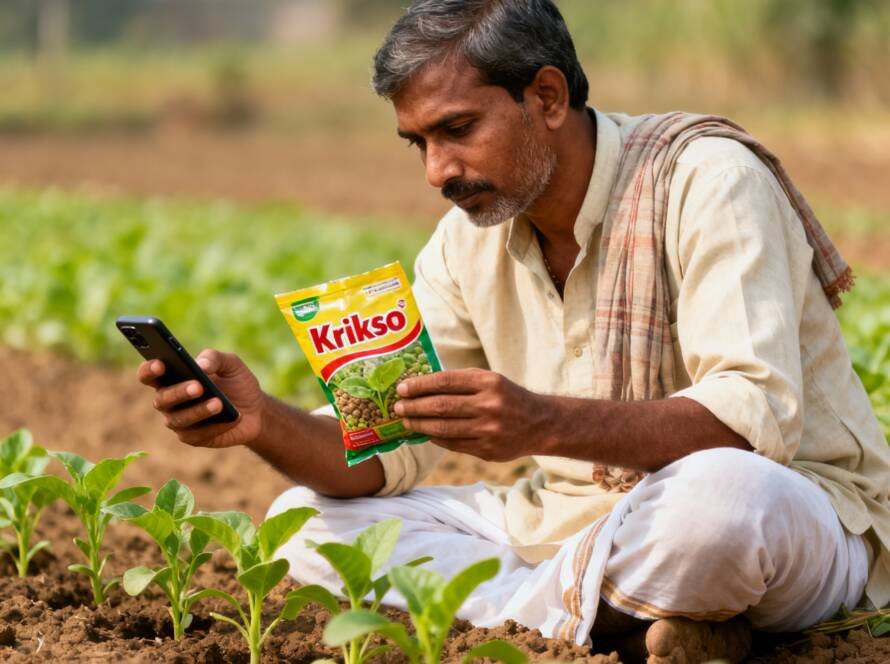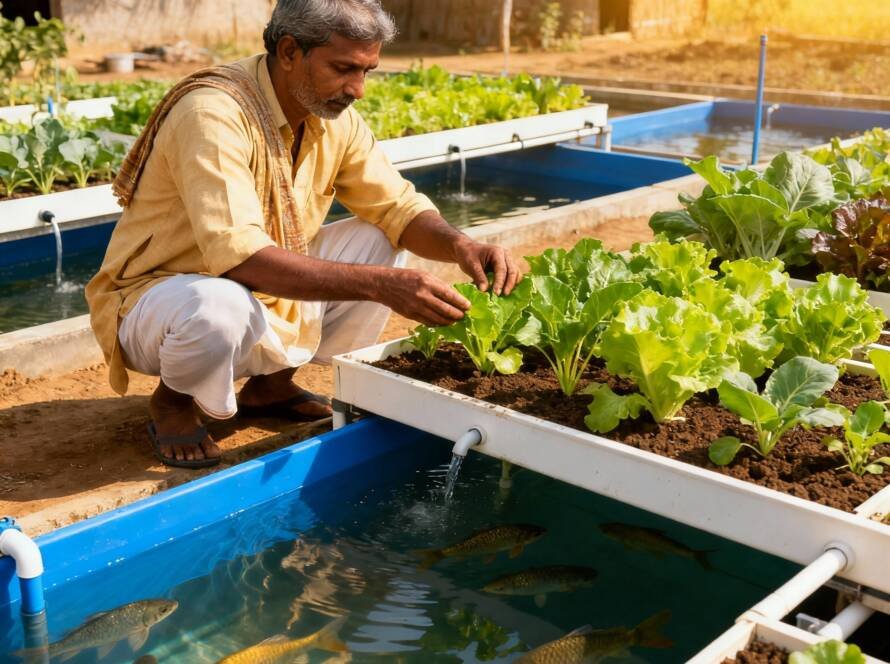Dragon fruit, also known as pitaya, is a high-value, exotic fruit with growing demand in India and international markets. Its nutritional value, vibrant appearance, and long shelf life make it highly profitable for contract farmers and agri-entrepreneurs. With proper cultivation practices, efficient management, and innovative utilization of the plant, farmers can maximize yield, minimize waste, and generate income from every part of the dragon fruit plant.
Why Dragon Fruit Farming is Profitable
- High Market Demand – Dragon fruit is popular in fresh fruit markets, juice, smoothies, and desserts, both domestically and for export.
- Premium Pricing – Being exotic, it commands higher prices compared to conventional fruits.
- Multiple Crop Cycles – With proper care, plants can produce fruit multiple times a year, giving continuous revenue.
- Value Addition – Flowers, stems, and low-grade fruits can be used for juices, jams, animal feed, or compost.
Step 1: Site Selection and Soil Preparation
- Choose well-drained, sandy loam or loamy soil with pH 6–7.
- Ensure full sun exposure for optimal flowering and fruiting.
- Install trellises or vertical supports for climbing cactus plants.
- Add organic compost before planting to enhance soil fertility.
Step 2: Choosing the Right Variety
- Hylocereus undatus – White-fleshed fruit, high-yield, popular for domestic markets.
- Hylocereus costaricensis – Red-fleshed, premium taste, high export value.
- Hylocereus megalanthus – Yellow-skinned variety, niche market with higher pricing.
Step 3: Planting and Propagation
- Dragon fruit can be propagated through cuttings or grafting.
- Plant cuttings 30–40 cm long, spaced 2–3 meters apart.
- Tie cuttings to trellises and train growth vertically to optimize sunlight and airflow.
Step 4: Irrigation and Fertilization
- Use drip irrigation to provide water directly to the roots and prevent overwatering.
- Fertilize with balanced NPK fertilizers and micronutrients during growth and flowering.
- Apply organic mulch around the base to retain moisture and reduce weed growth.
Step 5: Flowering and Pollination
- Dragon fruit blooms at night; flowers last one night, so pollination is crucial.
- Hand pollination can increase fruit set if natural pollinators are insufficient.
Step 6: Pest and Disease Management
- Common pests: mealybugs, aphids, ants.
- Diseases: stem rot, anthracnose, fruit rot.
- Use organic pest control, neem oil sprays, and proper pruning to maintain plant health.
Step 7: Harvesting and Post-Harvest Handling
- Harvest fruits when the skin color changes and scales begin to lift slightly.
- Handle gently to avoid bruising and maintain premium quality.
- Store in cool, ventilated conditions to extend shelf life for domestic and export markets.
Step 8: Maximizing Profit from Every Part of the Plant
- Fruits – Fresh fruit sales, juices, smoothies, jams, and dried fruit.
- Flowers – Edible, can be sold to premium restaurants or used in herbal teas.
- Stems and Trimmings – Compost or animal feed.
- Low-Grade Fruits – Process into pulp for sauces or fermented products.
By leveraging every part of the dragon fruit plant, farmers can maximize income while reducing waste.
Krikso India Support for Dragon Fruit Farming
- High-Quality Dragon Fruit Cuttings and Seeds – Certified varieties for high yield and market demand.
- Fertilizers and Soil Enhancers – Tailored for cactus crops to improve flowering and fruit set.
- Drip Irrigation Systems – Ensures water efficiency and consistent fruit quality.
- Technical Advisory Services – Guidance on planting, pruning, pollination, pest management, and harvesting.
- Buy-Back and Market Linkages – Guaranteed procurement and access to premium domestic and export markets.
With Krikso India’s support, dragon fruit farming becomes a highly profitable and sustainable venture, suitable for both smallholders and contract farmers.



